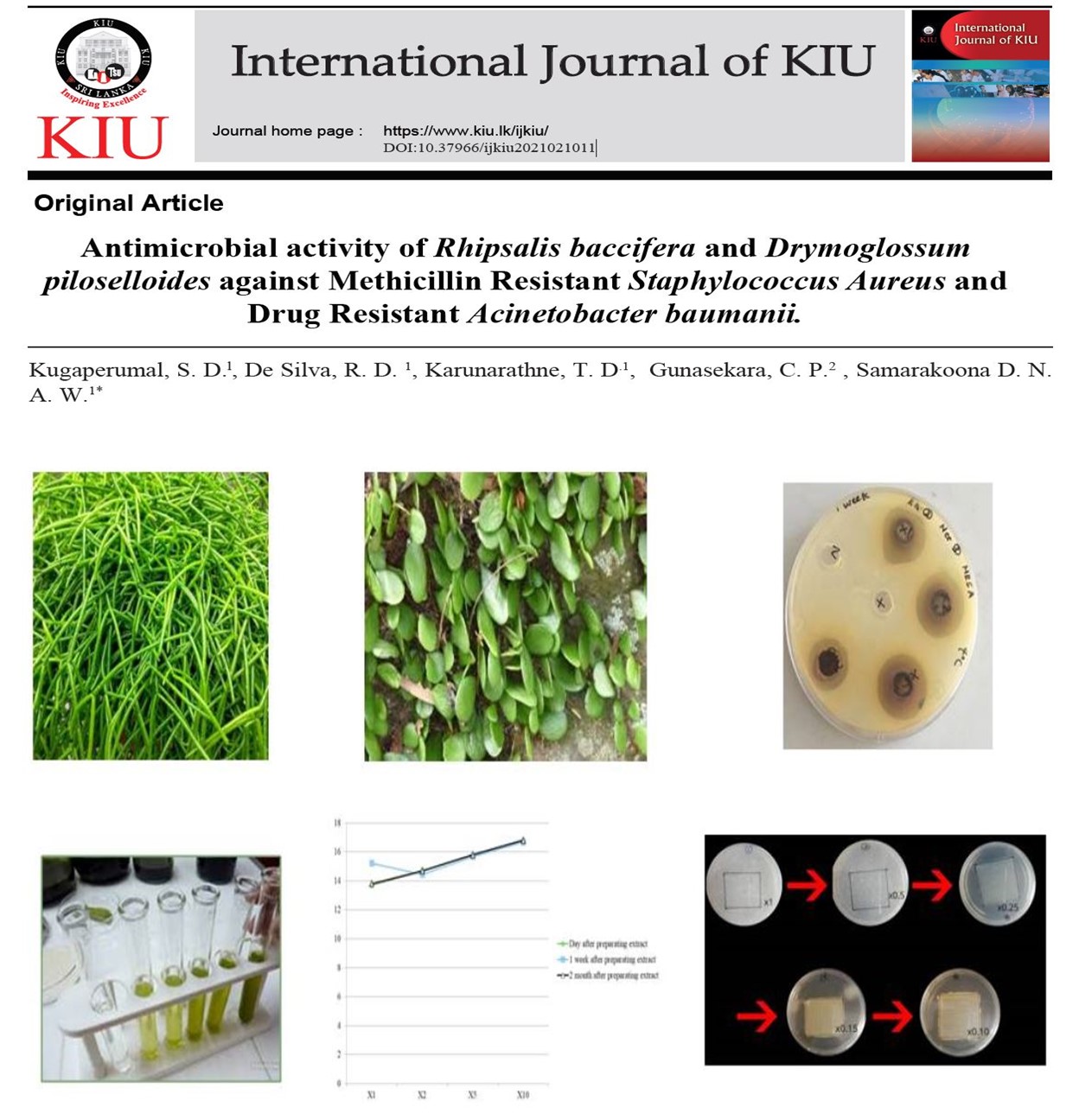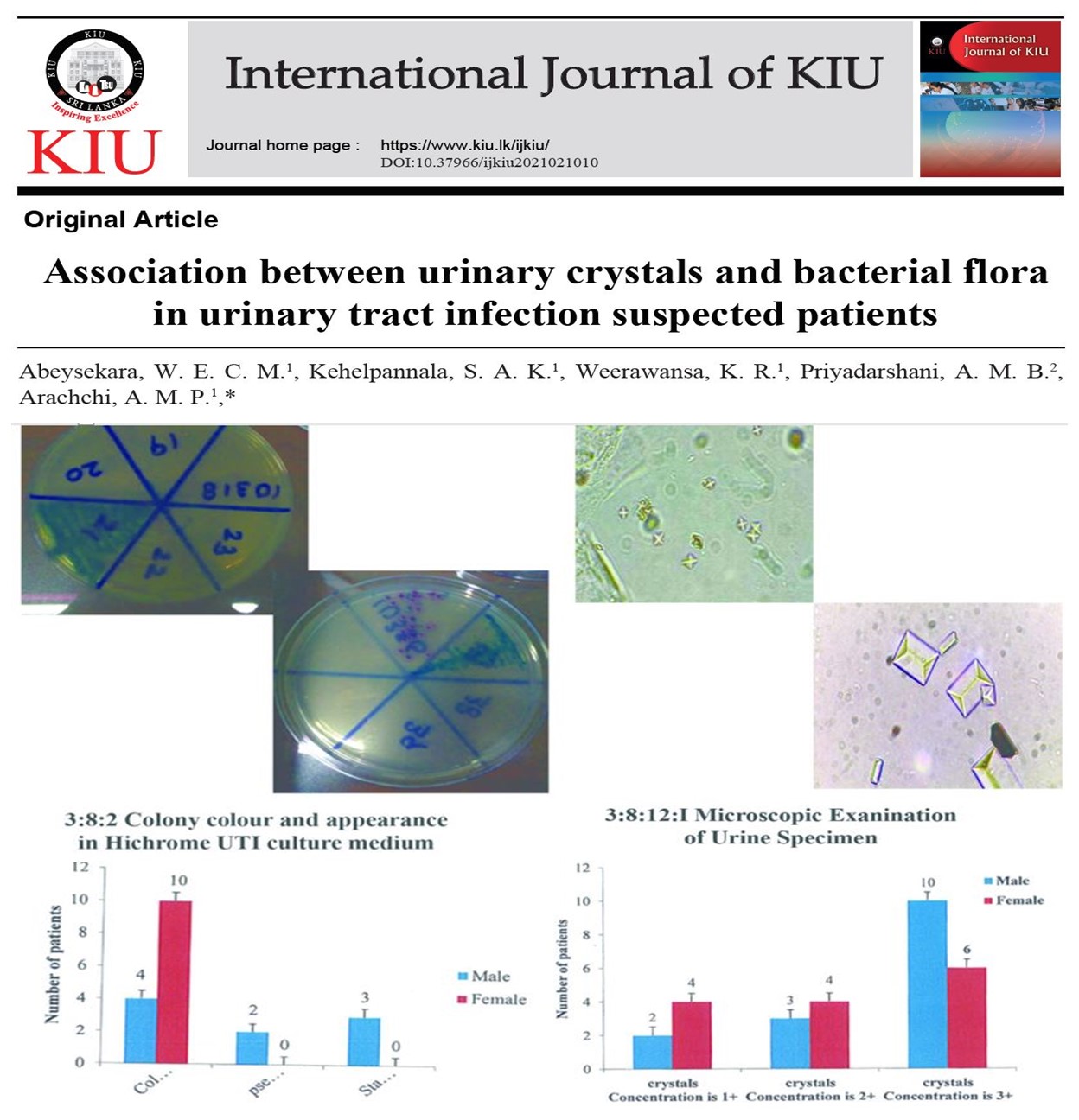Perceived workplace violence reported by nurses enrolled in B.Sc Nursing degree programme at KIU, Sri Lanka
Background:
Workplace
violence (WPV) can be defined as a violent act directed towards workers,
including physical assault, threat of assault and verbal abuse and it is widely
recognized as having far-reaching consequences for workers’ health and safety.
Nurses are the most vulnerable group for WPV. In recent years WPV against nurses
has significantly increased, becoming a nationwide phenomenon across the hospital
settings. Furthermore, it can impact the quality of patient care and reduce the
efficiency and quality of the entire health system. Therefore, this study aimed
to determine the perceived workplace violence reported by nurses enrolled in
the B.Sc Nursing degree programme at KIU, Sri Lanka.
Methods:
A
descriptive cross-sectional study was conducted among 306 undergraduate nurses
in KIU. A pretested self-administered questionnaire was used to collect data
which consisted of demographic information, the prevalence of WPV and factors
associated with WPV. Data analysis was done with descriptive statistics and
chi-square test using SPSS version 23. Ethical approval was obtained from the Ethics
Review Committee of KIU (KIU/ERC/20/05).
Results:
The
majority of participants were females (97.4%, n=298), aged between 20-30 years
(61.4%, n=188) and had working experience of <5 years (63.7%, n=195). The
prevalence of workplace violence was 75.5%, n=231. The commonest type of
reported violence was verbal violence (87.8%, n=203) followed by emotional
violence (65%, n=150), physical violence (15%, n=35), sexual violence (3.8%,
n=9) and racial harassment (2.1%, n=5). Medical and Surgical wards (39.6%,
n=91) were the most frequent working areas where nurses faced violent behavior.
The perpetrators were found to be supervisors (73.1%, n=168), patients’ relatives
(53.2%, n=122), and patients (52.3%, n=120). The working unit of the nurses
(p< 0.001), designation (p<0.001), number of night duties per month (p=0.019),
and ability to access the ward without permission (p=0.042) were significantly
associated with WPV among nurses.
Conclusion:
The
study concluded that the prevalence of WPV was high among nurses while verbal
violence from nursing supervisors was the most common WPV. Therefore, it is
mandatory to place appropriate measures to prevent the WPV among nurses.
Keywords
Workplace violence
,
Nurses
,
Occupational violence









Related Articles